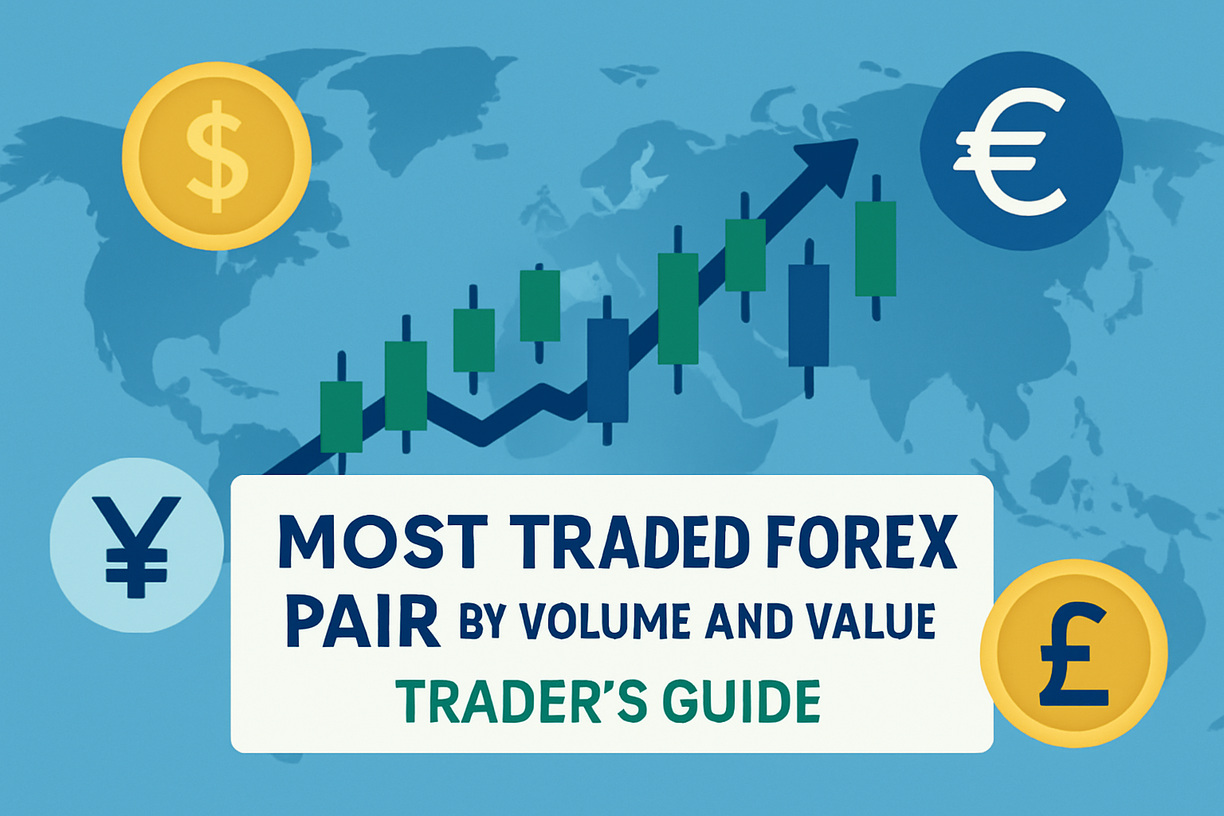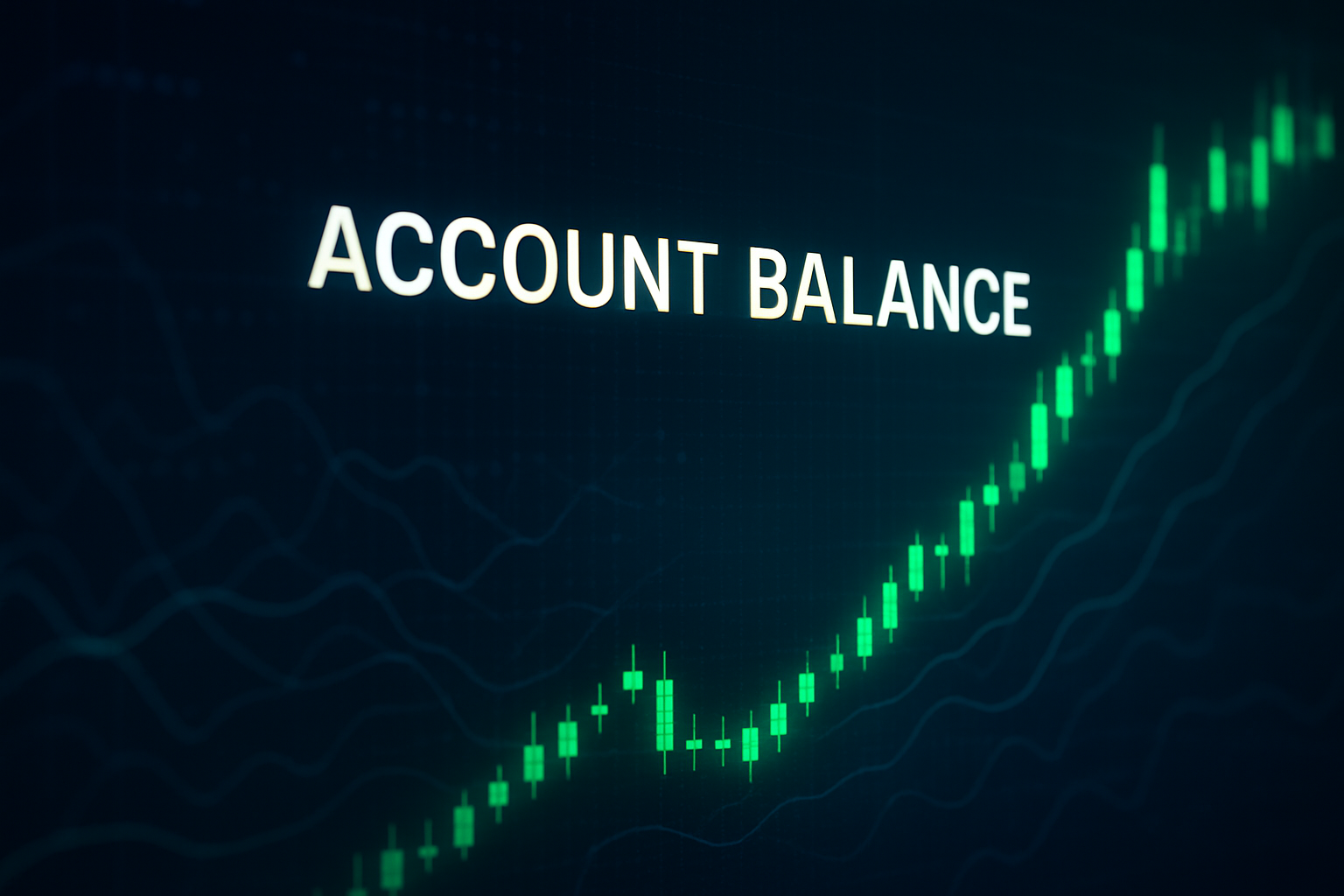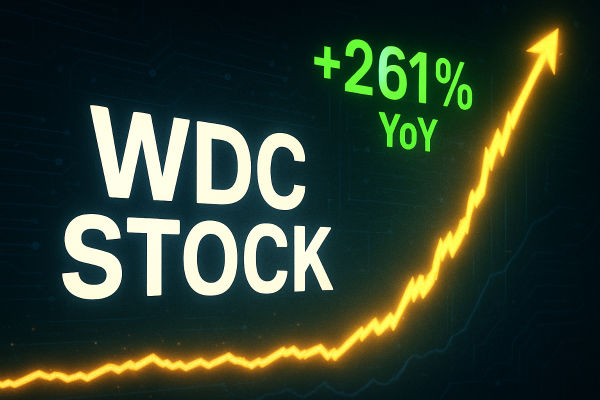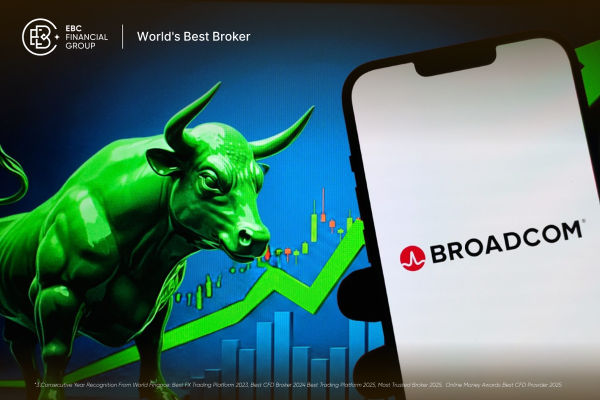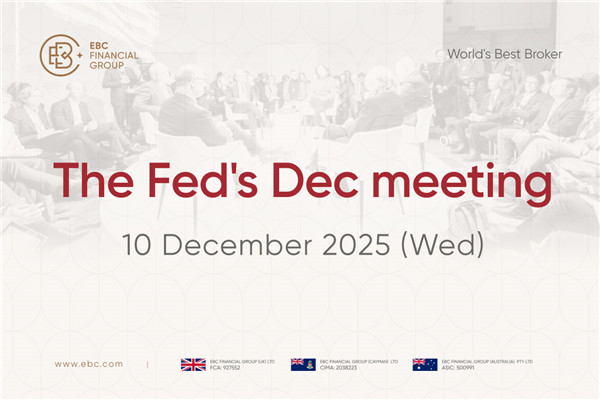Floating margin, also known as proportional margin or adjusted margin, refers
to the margin that changes during the trading period based on market price
fluctuations. In the financial market, traders usually need to pay a certain
margin as collateral when engaging in leveraged trading. This margin is usually
determined in proportion to the total value of the trading contract.

In traditional spot trading, traders need to pay the full amount
to proceed with the trade. In leveraged trading, traders only need to pay
a small amount of margin to control contracts of greater value. This leverage
effect can amplify profits, but it also increases risks.
The concept of floating margin is based on the volatility of contract prices.
When the contract price fluctuates, the value of the trader's account also
changes accordingly. In order to ensure that traders have sufficient funds to
bear potential losses, exchanges or brokers require traders to maintain a
certain proportion of margin. This ratio is commonly referred to as the
maintenance margin ratio.
When the fluctuation of the contract price results in the trader's account
value being lower than the maintenance margin ratio, the trader needs to add
margin to ensure that the account value can meet the requirements of the
exchange or broker. On the contrary, when contract price fluctuations result in
a trader's account value exceeding the maintenance margin ratio, the trader can
withdraw excess margin from the account.
The adjustment of floating margin is based on the fluctuation of the contract
price, which means that traders need to closely monitor market conditions and
adjust the amount of margin in a timely manner. If traders fail to add margin in
a timely manner, exchanges or brokers may take measures to forcibly close
positions to protect traders and market stability.
In short, floating margin is the amount of margin that is constantly adjusted
based on fluctuations in contract prices. It is an important concept in
leveraged trading, used to ensure that traders have sufficient funds to bear
potential losses. Traders need to closely monitor market conditions and adjust
the amount of margin in a timely manner to avoid forced liquidation and reduce
risk.
Disclaimer: Investment involves risk. The content of this report is not an investment advice and does not constitute any offer or solicitation to offer or recommendation of any investment product.














